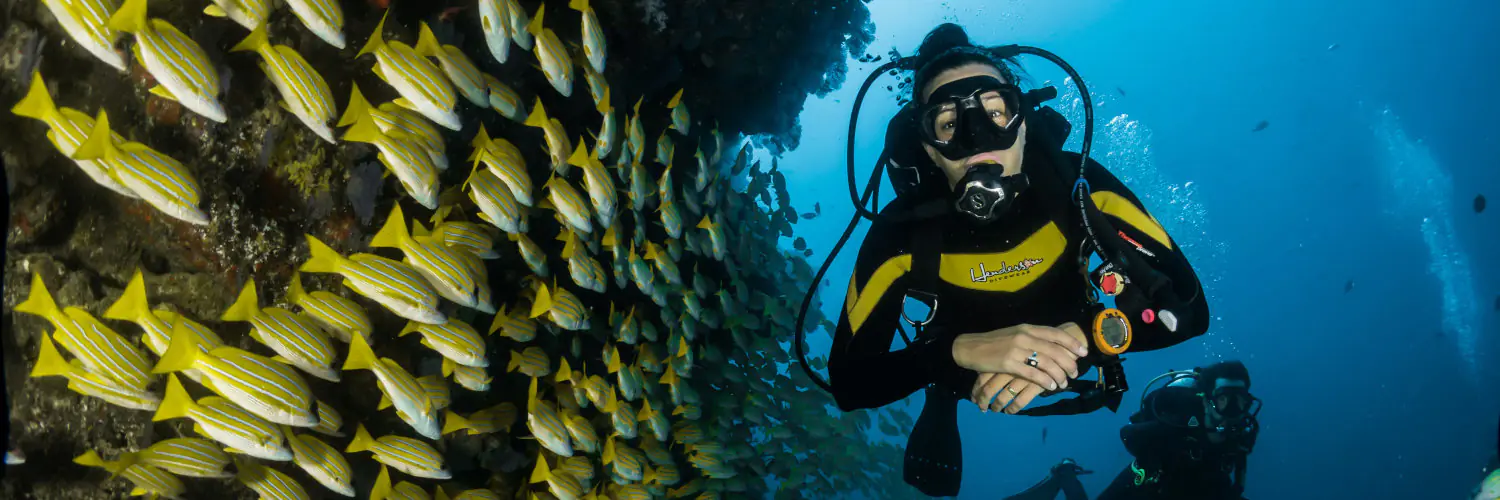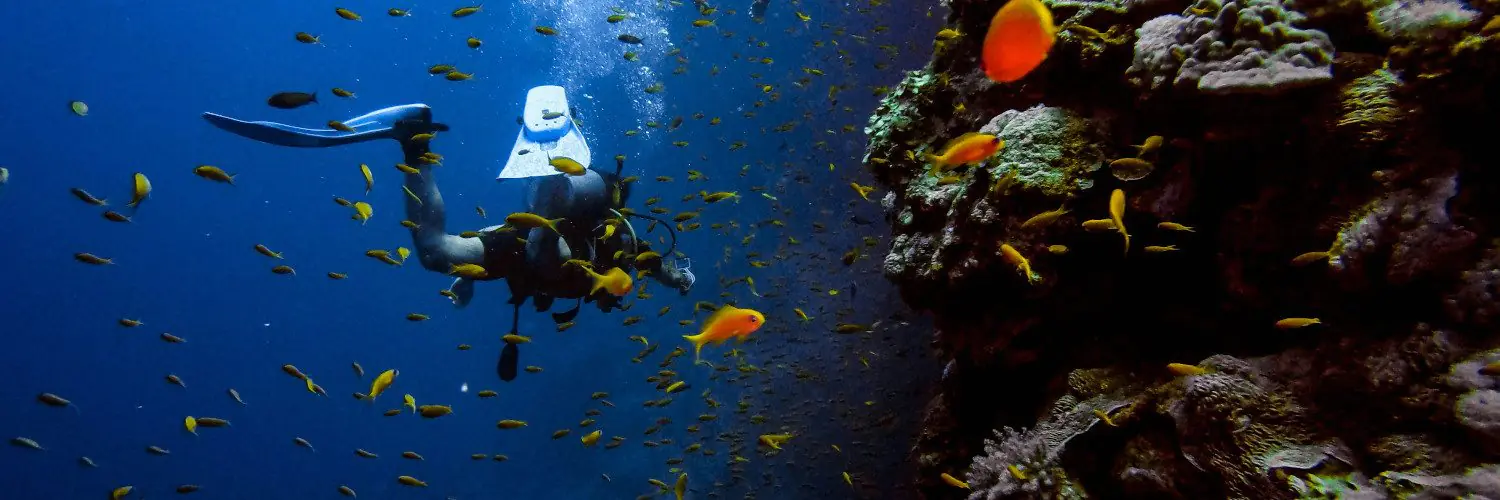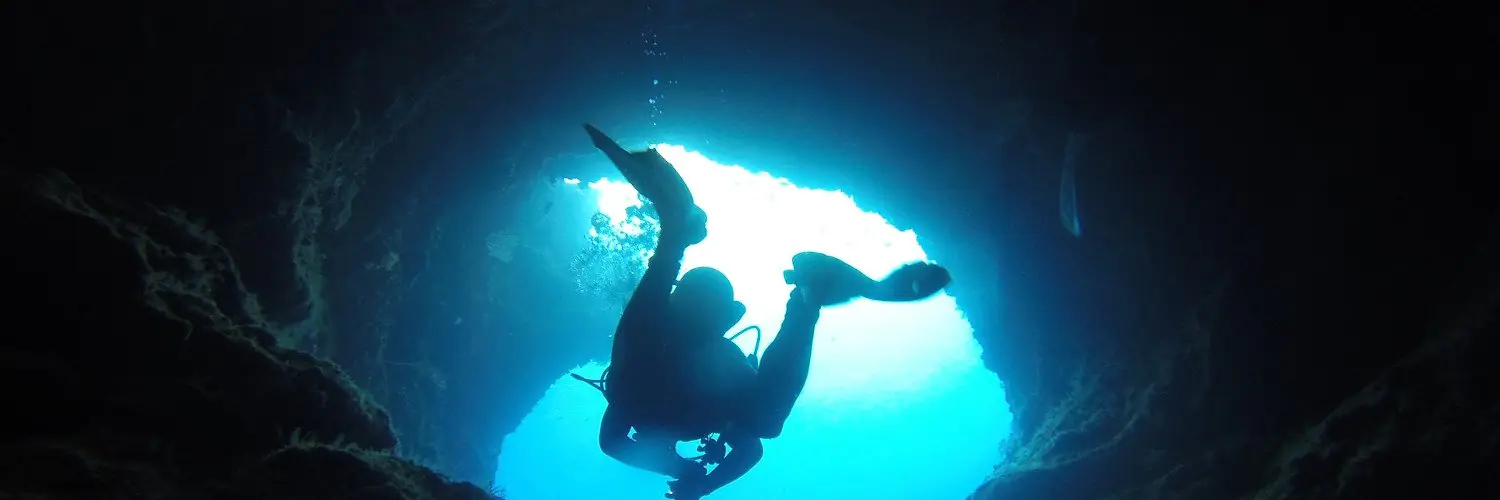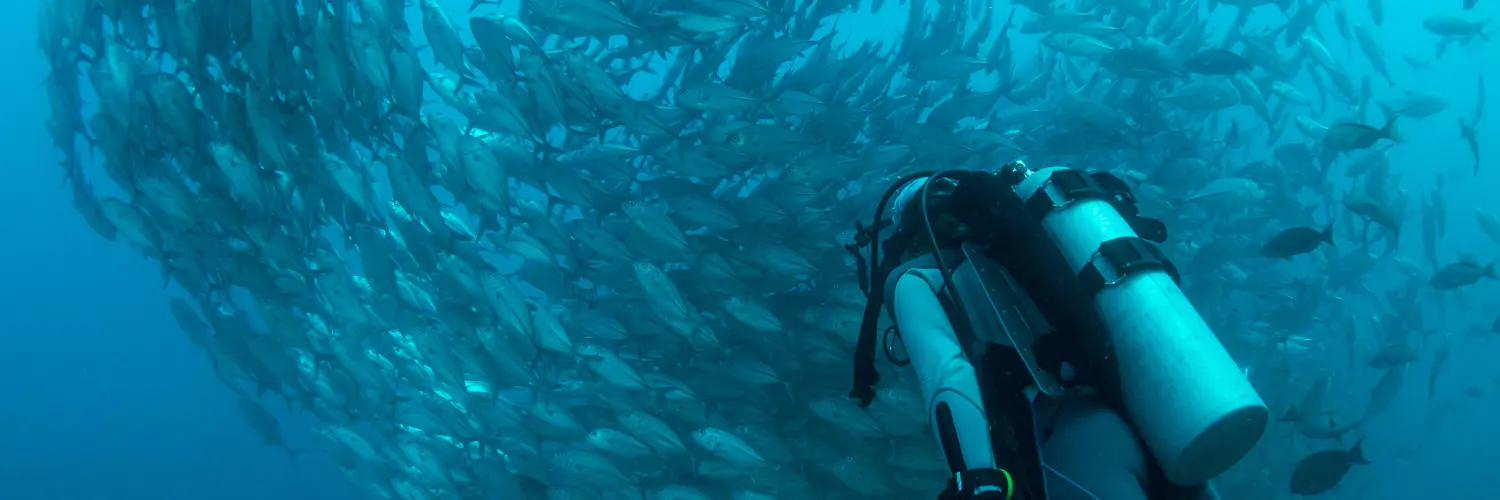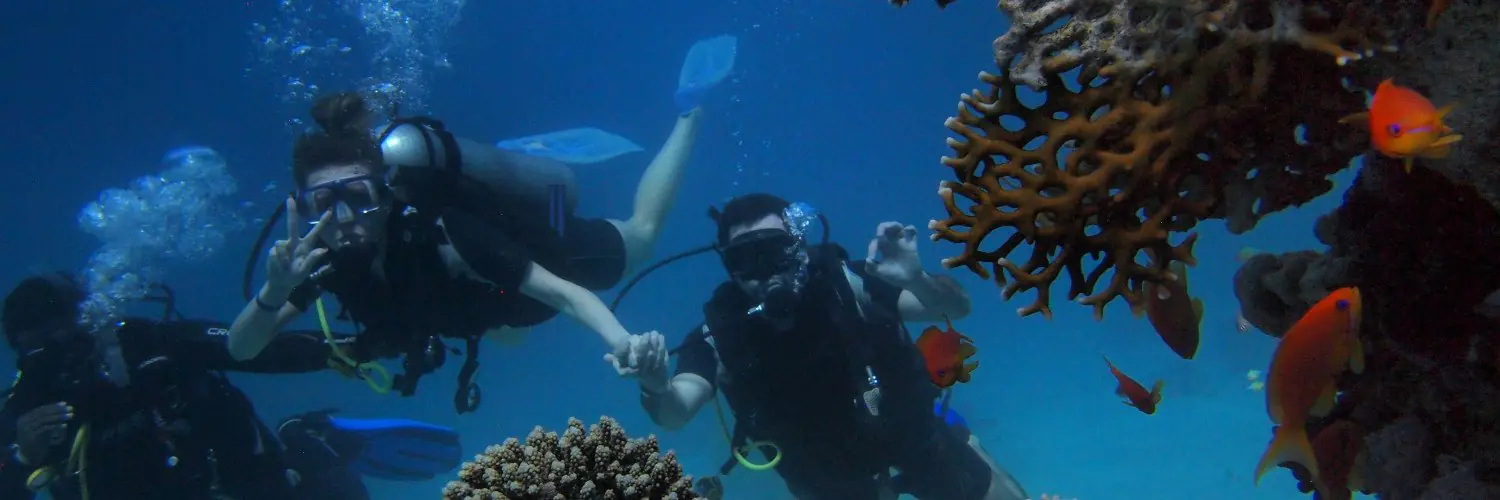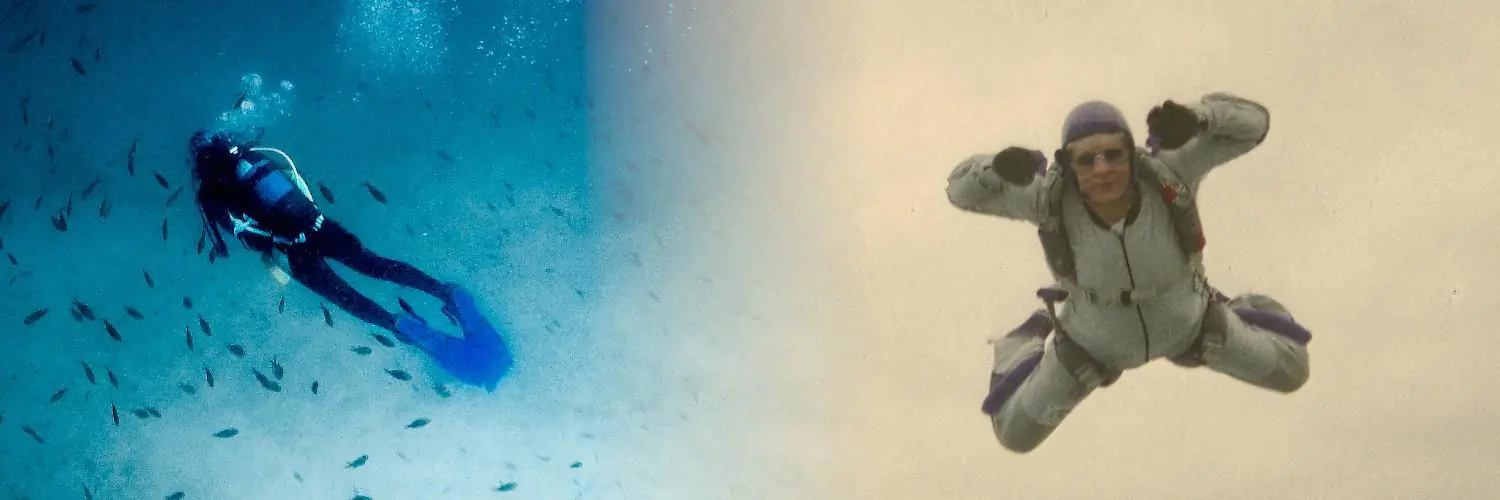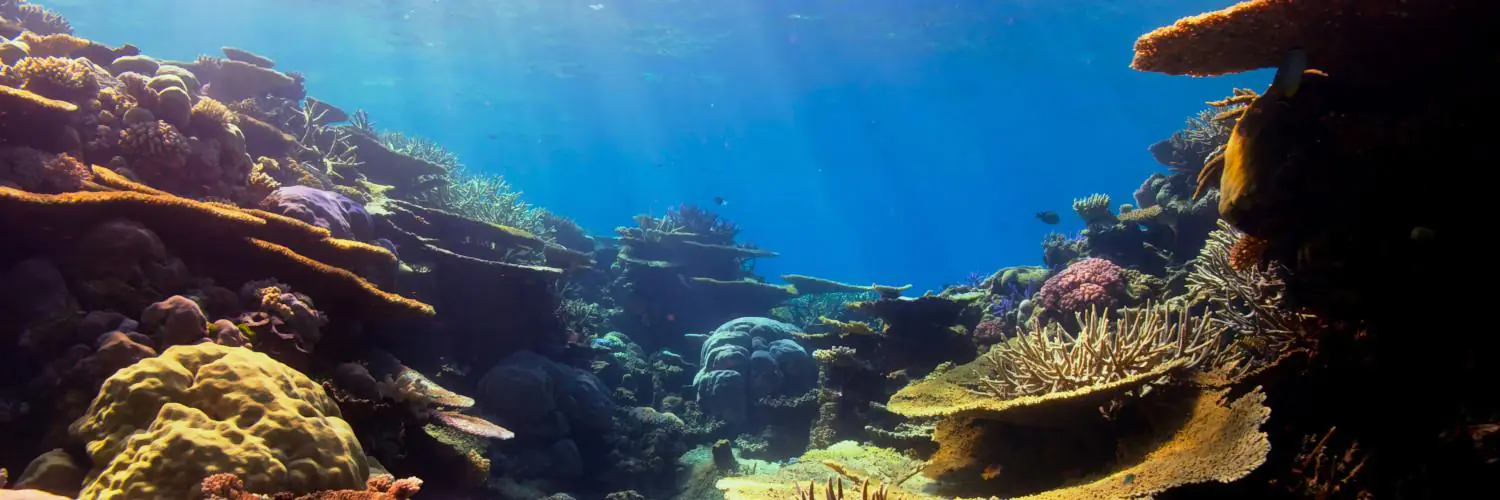Understanding the difference between SCUBA (Self-Contained Underwater Breathing Apparatus) and SCBA (Self-Contained Breathing Apparatus) systems is crucial for professionals and enthusiasts who operate in environments where breathable air is not readily available. While both systems are designed to provide an independent supply of breathable gas, they are engineered for different contexts and purposes.
SCUBA is specifically tailored for underwater exploration and activities. Its regulators are crafted to deliver air on demand, allowing divers to breathe naturally under the pressure of the water’s depth. This feature is paramount for underwater safety and efficiency, as it ensures the diver receives air only when inhaling, conserving the limited supply of gas.
Conversely, SCBA systems are generally employed in firefighting and industrial settings, where the atmosphere may be toxic or oxygen-deficient. These positive-pressure systems continually deliver air to the mask, maintaining a slight pressure that helps prevent contaminants from entering the mask. SCBAs are vital in emergency response situations, where users may be exposed to smoke or hazardous chemicals.
Table of Contents
Basics of SCBA and SCUBA
Both SCBA (Self-Contained Breathing Apparatus) and SCUBA (Self-Contained Underwater Breathing Apparatus) are devices designed to provide breathable air in environments where it is otherwise compromised, but they are used in very different contexts.
Definitions
SCBA stands for Self-Contained Breathing Apparatus. This device is used to provide a user with an autonomous supply of breathable gas. It’s often employed in environments that are immediately dangerous to human life or health, such as in firefighting or industrial applications.
SCUBA implies Self-Contained Underwater Breathing Apparatus. Unlike SCBAs, SCUBAs are specifically intended for underwater exploration and recreation, providing air to divers at varying water pressures during submersion.
Key Components
The key components of a SCBA include:
- High-pressure air tanks: Store the breathable air supply.
- Face mask: Delivers air to the user and enables vision.
- Regulator: Controls air delivery at a constant pressure or on-demand.
- Harness: Used to carry the equipment on the user’s back.
Similarly, a typical SCUBA setup consists of:
- Compressed air cylinder: Con* Industrial hazard response
- Chemical spillage mitigation
Conversely, SCUBA is optimized for use in underwater applications, including:
- Recreational diving
- Underwater construction
- Marine research
Design and Functionality
In comparing SCUBA and SCBA systems, it’s imperative to focus on their design and functionality aspects. These systems are tailored to suit different environments and tasks, providing breathable air in distinct ways.
Breathing Systems
SCUBA (Self-Contained Underwater Breathing Apparatus) relies on a demand-regulated system. As the diver inhales, the regulator delivers air from the air tank, adjusting the flow to the diver’s needs. This setup includes a full facepiece or mask, which often incorporates the demand regulator. In contrast, SCBA (Self-Contained Breathing Apparatus) typically employs a positive pressure system, which continually supplies air to the facepiece at a constant pressure, ensuring no external contaminants enter the mask.
-
SCUBA:
- Mask/Facepiece: Full facepiece with integrated regulator
- Regulator: Demand type
- Air Source: Air or oxygen cylinder
-
SCBA:
- Facepiece: Full facepiece connected to air supply
- Pressure System: Positive pressure
- Air Source: High-pressure air tank
Mobility and Comfort
SCBA units prioritize mobility with a harness system designed to be worn on the user’s back. They are equipped with air cylinders that are larger and heavier, suited for extended periods of use in environments like firefighting. SCUBA gear, on the other hand, includes a waist belt and harness that hold the air source, allowing for greater freedom of movement underwater. Both systems feature pressure gauges to monitor air supply.
-
SCUBA:
- Air Cylinder: Often lighter, allowing for swimming
- Harness/Belt: Ergonomic design for underwater movement
-
SCBA:
- Air Tank: Larger capacity for longer duration
- Harness: Engineered for quick donning and removal
Safety Features
Safety features for both systems involve various components like pressure regulators and gauges that inform the user about the remaining air supply. The SCBA’s positive pressure system is a critical safety feature, providing a buffer against toxic environments by preventing ingress of harmful substances. SCUBA’s safety features include a redundant air supply system, allowing divers an alternative breathing source in case of primary system failure.
-
SCUBA:
- Pressure Regulator: Maintains consistent breathing pressure
- Safety Reserve: Redundant air system for emergencies
-
SCBA:
- Positive Pressure: Protects against contaminant entry
- Pressure Gauge: Accurate monitoring of air supply
Operational Environments
Self-Contained Breathing Apparatus (SCBA) and Self-Contained Underwater Breathing Apparatus (SCUBA) are designed for specific operational environments. SCBA is used on land in hazardous conditions such as firefighting, while SCUBA is employed underwater for exploration and diving.
SCBA in Hazardous Conditions
SCBA units are essential in industries with potential exposure to toxic gases, vapors, smoke, and dust. These devices provide firefighters and rescue personnel with breathable air in environments that could be immediately dangerous to life or health, such as in the presence of dangerous gases or within confined spaces. The atmosphere in these spaces, often found in fire protection and industrial settings, requires a reliable and clean air supply to prevent conditions such as idiopathic pulmonary fibrosis (IPF). Firefighting and rescue operations, especially in enclosed spaces, necessitate equipment like SCBA for safety and effectiveness.
- Fire Protection: Firefighters utilize SCBA to prevent inhalation of harmful smoke and gases.
- Industry: In spaces with high levels of toxic substances, SCBA is critical for worker safety.
- Rescue Operations: During rescues, especially in confined or enclosed spaces, SCBA provides clean air to first responders.
SCUBA Underwater Exploration
In contrast, SCUBA gear enables breathing underwater for activities such as underwater exploration, recreational diving, and professional diving operations. This equipment allows divers to breathe while exploring the underwater world, conducting scientific research, or performing tasks that require submersion in a water environment. With SCUBA, divers carry their source of breathing gas, which gives them greater freedom of movement beneath the surface.
- Underwater Exploration: Divers use SCUBA to explore marine environments without the constant need to resurface for air.
- Diving Operations: SCUBA is also indispensable for underwater construction, maintenance, and rescue missions.
Certification and Training
Proper certification and training are essential to ensure the safe use of SCUBA and SCBA equipment. Each requires a distinct set of skills and adherence to diverse professional standards.
Professional Standards
For SCUBA diving, certification is typically provided by agencies like PADI or NAUI, which adhere to the standards set by the World Recreational Scuba Training Council (WRSTC) or similar bodies. Certifications can range from basic open water diver to advanced technical diving.
On the other hand, SCBA equipment, often used in firefighting and hazardous material handling, falls under the guidelines of the National Fire Protection Association (NFPA). The NFPA’s standards for SCBA are detailed in NFPA 1852, enforcing rigorous standards for the maintenance and use of respiratory protective equipment.
Learning to Use Equipment
SCUBA training involves learning various underwater techniques, efficient breathing patterns, and equipment maintenance. Divers must demonstrate proficiency in an array of skills to handle different diving conditions and emergencies.
For SCBA, users undergo thorough training on the correct use of personal protective equipment (PPE) as part of compliance with Occupational Safety and Health Administration (OSHA) regulations. The training includes fit testing, which is crucial for the SCBA mask, and is typically overseen by certified instructors to ensure it meets the National Institute for Occupational Safety and Health (NIOSH) and CDC guidelines for respiratory protection.
Ownership and Maintenance
When acquiring and maintaining a SCUBA or SCBA system, owners must consider the cost-implications of purchasing versus renting and understand the importance of rigorous equipment care protocols.
Purchasing vs. Renting
SCUBA:
- Purchase:
- Buyers own the equipment outright.
- Long-term cost-effective for frequent divers.
- Requires investment in safety features, such as regular maintenance and replacement of parts as needed.
- Rent:
- Ideal for occasional divers or those traveling.
- Rental fees can accumulate over time for active divers.
- Renters rely on the rental facility to maintain and store the gear.
SCBA:
- Purchase:
- Typically purchased by organizations for their personnel.
- Includes ongoing costs related to maintenance, air compressor upkeep, and periodic replacement of compressed air cylinders.
- Rent:
- Less common, but an option for short-term projects or non-routine tasks.
- Responsibility for maintenance and safety features often remains with the rental entity.
Equipment Care
Maintenance:
- Both SCUBA and SCBA systems require regular inspection and servicing to ensure safety and functionality.
- Maintenance often includes checking for air leaks, monitoring air quality, and replacing worn parts.
Cleaning:
- Thorough cleaning is vital after each use to prevent contamination and degradation of materials.
Storage:
- Equipment should be stored in a cool, dry place away from direct sunlight.
- Compressed air cylinders should be kept with some pressure to prevent moisture intrusion which can compromise air quality.
Safety Features:
- Inspection of safety features such as valves, regulators, and warning systems should be performed regularly.
- Familiarity with the operation and maintenance of these safety features is imperative for both owners and renters.

